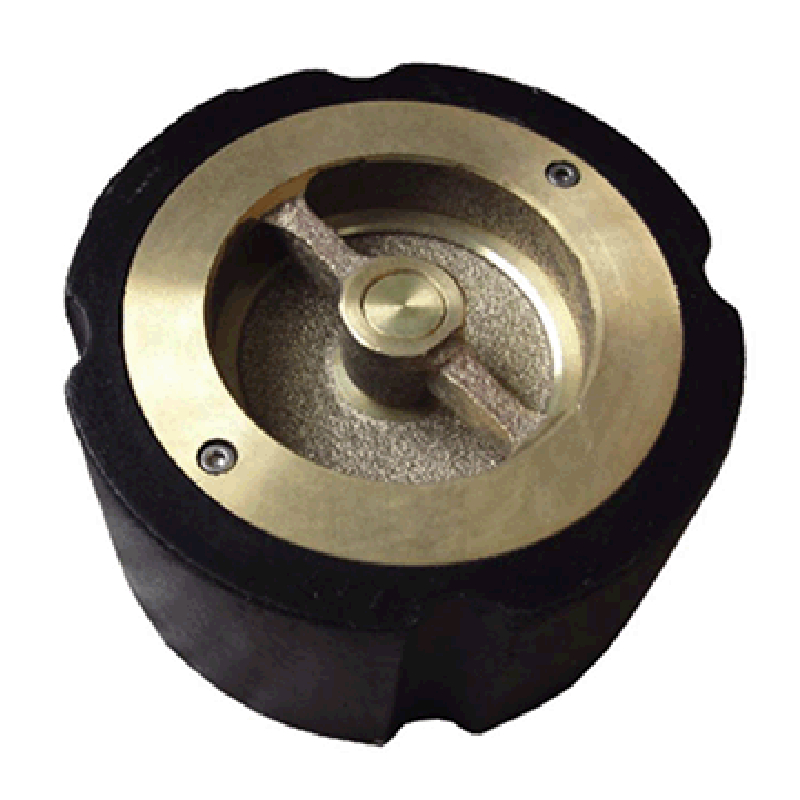វិច្ឆិកា . 05, 2024 22:00 Back to list
Exploring the Functionality and Applications of a Four-Way Ball Valve in Fluid Control Systems
Understanding the 4-Way Ball Valve A Comprehensive Overview
In the realm of fluid control technology, the 4-way ball valve stands out as a versatile and efficient component used across various industries. This article aims to provide an in-depth understanding of the 4-way ball valve, its functions, applications, and benefits.
What is a 4-Way Ball Valve?
A 4-way ball valve is a type of valve that has four ports and utilizes a hollow, perforated ball that rotates to control the flow of liquids or gases through a piping system. Unlike standard ball valves that typically have two ports, the 4-way configuration allows for multiple flow paths. This feature enables it to manage complex flow arrangements, making it an essential device in numerous applications.
Functionality and Mechanism
The primary function of a 4-way ball valve is to direct the flow of fluids in a system. By rotating the ball, the operator can switch between different flow paths, allowing for various operational configurations, such as mixing, diverting, or circulating fluid. The ball's position can be adjusted manually using a lever or automatically through an actuator.
The 4-way ball valve generally comes in two configurations T-pattern and L-pattern. The T-pattern allows for simultaneous flow from one port to two others, while the L-pattern directs flow from one port to another, effectively isolating the third port. The choice between these configurations depends on the specific requirements of the application in which the valve is being used.
Applications of 4-Way Ball Valves
4-way ball valves are employed across a variety of industries due to their adaptability
. Some common applications include1. HVAC Systems In heating, ventilation, and air conditioning, these valves are used to control the flow of refrigerants, allowing for efficient temperature regulation. 2. Water Treatment Plants They help in the distribution and diversion of water, enabling operators to manage the flow through different treatment processes effectively.
3. Chemical Processing In the chemical industry, these valves control the mixing of different chemicals or redirect the flow of hazardous substances safely.
4 way ball valve

4. Oil and Gas The 4-way ball valve plays a crucial role in controlling the flow of oil and natural gas, often in complex pipeline systems where multiple pathways are necessary.
5. Manufacturing Processes They assist in managing the flow of materials in various manufacturing operations, including those in food processing and pharmaceuticals.
Advantages of 4-Way Ball Valves
The use of 4-way ball valves comes with numerous benefits
- Versatility Their ability to handle multiple flow paths makes them suitable for diverse applications, adapting effectively to different operational needs. - Efficiency These valves facilitate the smooth and rapid switching of fluid flow, enhancing system efficiency and operational performance.
- Durability Made from materials such as stainless steel or brass, 4-way ball valves are robust and can withstand high pressures and corrosive environments.
- Space-Saving Design With their compact structure, 4-way ball valves save space compared to multiple single valves that would be required to perform the same functions.
- Ease of Maintenance These valves are generally easy to operate and maintain, prolonging their lifecycle and minimizing downtime in industrial applications.
Conclusion
In conclusion, the 4-way ball valve is a critical component in modern hydraulic and pneumatic systems. Its ability to control fluid flow through multiple pathways enhances operational flexibility and efficiency across various industries. Understanding its functionality and applications can help engineers and operators make informed decisions regarding fluid control solutions tailored to their specific needs. As technology continues to advance, the role of 4-way ball valves will remain pivotal in optimizing processes and improving productivity across sectors.
Share
-
Advanced Technology in Wire and Cable FactoryNewsAug.19,2025
-
Applications of Ball Check Valve in Water Treatment PlantsNewsAug.19,2025
-
How Osy Gate Valve Ensures Leak - Tight SealingNewsAug.19,2025
-
Selection Criteria for Wafer Type Butterfly ValveNewsAug.19,2025
-
Threaded Ball Valve Pressure RatingsNewsAug.19,2025
-
Y Strainer PN16 Cost - Effectiveness AnalysisNewsAug.19,2025


